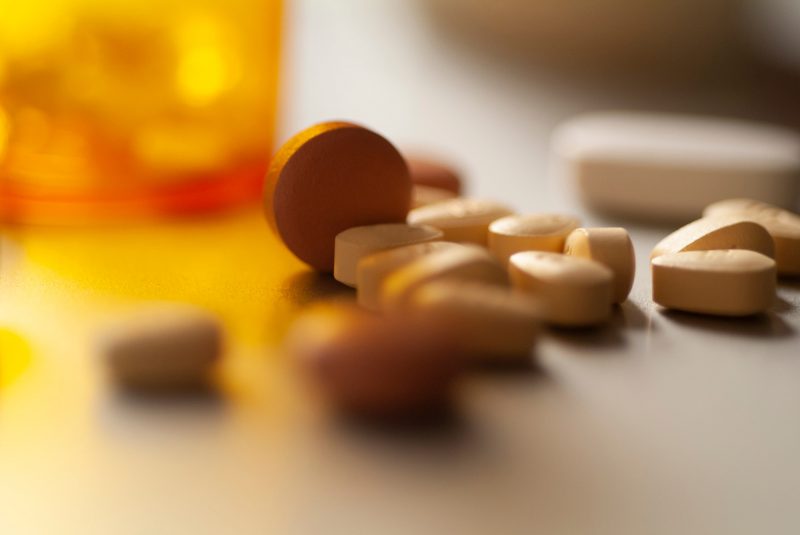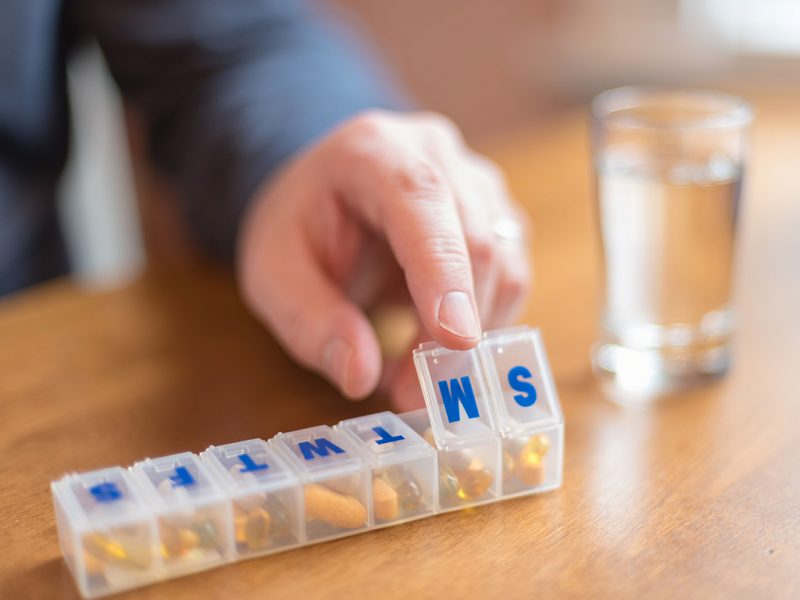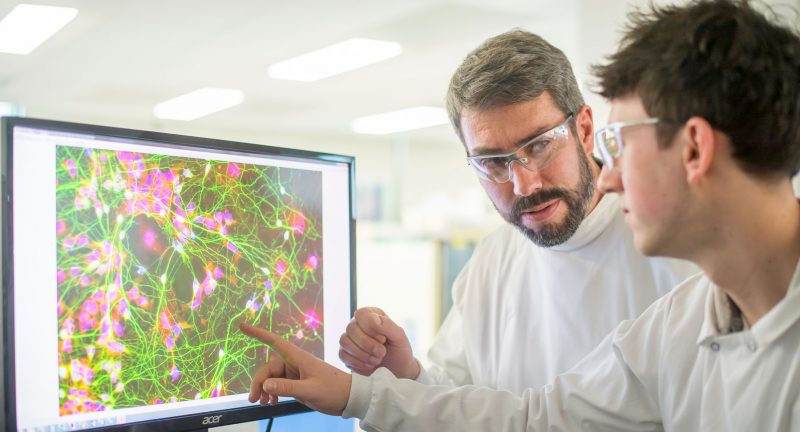Delivering better cancer therapies
As far back as 2500 BC, cases of the disease we now call cancer were reported in ancient Egyptian texts. Doctors of the time could often distinguish between benign growths and malignancies, undertaking surgical removal of the latter cases. Over four and a half thousand years later, our primary curative treatment for cancer remains largely unchanged.
But as the disease develops and disseminates through the body, drug treatment becomes the only recourse for many patients. Disappointingly, these agents are imperfect, targeting the cancer but also impacting on normal bodily processes and causing side effects and reduced quality of life. As we’ve discussed in earlier articles with Dr Allan Jordan, Director of Oncology Drug Discovery at Sygnature, designing more specific molecules that will cause fewer side-effects is important, but what else could we be doing?
The Trouble with tablets.

As drug discovery scientists, we instinctively gravitate towards the idea of pills to deliver our new medicines, because they are easy to take, and patients are familiar with them. But whilst tablets are convenient for patients and clinicians alike, they provide a huge spike of the drug in the circulation shortly after administration, which slowly disappears. This significant pulse of drug is therapeutically effective, but also brings with it the effects on healthy cells and organs, intensifying many of the side effects that we seek to reduce.
If oral administration is not possible, then the next best option is often injection or slow, tedious infusion delivery, drip by drip over many hours. Whilst this steady dosing can reduce the side effects of a bulk dose, this form of treatment is rarely self-administered, leaving the patient resigned to regular visits to the hospital or cancer clinic.
In the cancer arena, certainly, there tends to be far less consideration of alternative delivery modalities than there are in other therapeutic areas, such as diabetes. Yet drugs can be delivered to patients via pumps, patches or even implants, say, with equal (if not better) efficacy, but without the constant need to take tablets.
Thinking beyond once-a-day dosing.
 We should be thinking about how we might better deliver our experimental new medicines, so a patient might perhaps only need to visit their doctor every three months or so instead of daily out-patient appointments at the cancer clinic, and can largely forget about their therapy in between. How often do we consider using a transdermal patch that keeps the circulating drug level consistent above that which is required for therapeutic efficacy, but without those huge spikes? Perhaps in this way, overall tolerability could be improved. Or what about a slow-release implant? Some prostate cancer patients already some of their treatments via implant, but this day-to-day convenience remains an outlier.
We should be thinking about how we might better deliver our experimental new medicines, so a patient might perhaps only need to visit their doctor every three months or so instead of daily out-patient appointments at the cancer clinic, and can largely forget about their therapy in between. How often do we consider using a transdermal patch that keeps the circulating drug level consistent above that which is required for therapeutic efficacy, but without those huge spikes? Perhaps in this way, overall tolerability could be improved. Or what about a slow-release implant? Some prostate cancer patients already some of their treatments via implant, but this day-to-day convenience remains an outlier.
Even if a drug causes minimal side-effects, patients relate their own experiences of long-term daily treatment regimes, serving as a constant, nagging reminder that they have a life-threatening disease. Interacting with patient groups, it’s not uncommon to hear of patients on anti-oestrogen therapies for breast cancer (which can give 10 or 20 years of life extension with few side-effects) who actually stop taking the medicines specifically for this reason. Perhaps an implant, or alternate delivery method, could help them to forget about their illness for a little while, yet remain on effective treatment.
Convenience is compelling, but complicated.
This approach, of course, is not trivial and many challenges lie in the path of progress. At Sygnature, during the drug design process we are increasingly working with our internal drug delivery specialists to consider these issues. Drug delivery has rarely been considered in the early stages of the discovery process, but our patient’s experiences remind us of the need to be more imaginative. The properties of a molecule are often set in place early in the design stage, and if we are to succeed with an alternative delivery method, this proactive approach will become increasingly important at the outset of all our programmes.
are to succeed with an alternative delivery method, this proactive approach will become increasingly important at the outset of all our programmes.
If you enjoyed this piece, then you may find other topics in our (Re)thinking Drug Discovery range of articles of interest. Finally, we continually engage with our industry on a range of drug discovery topics. If you would like to discuss drug discovery, our capabilities or what we are about then we’d love to hear from you. You can get in touch by using any of the contact forms
